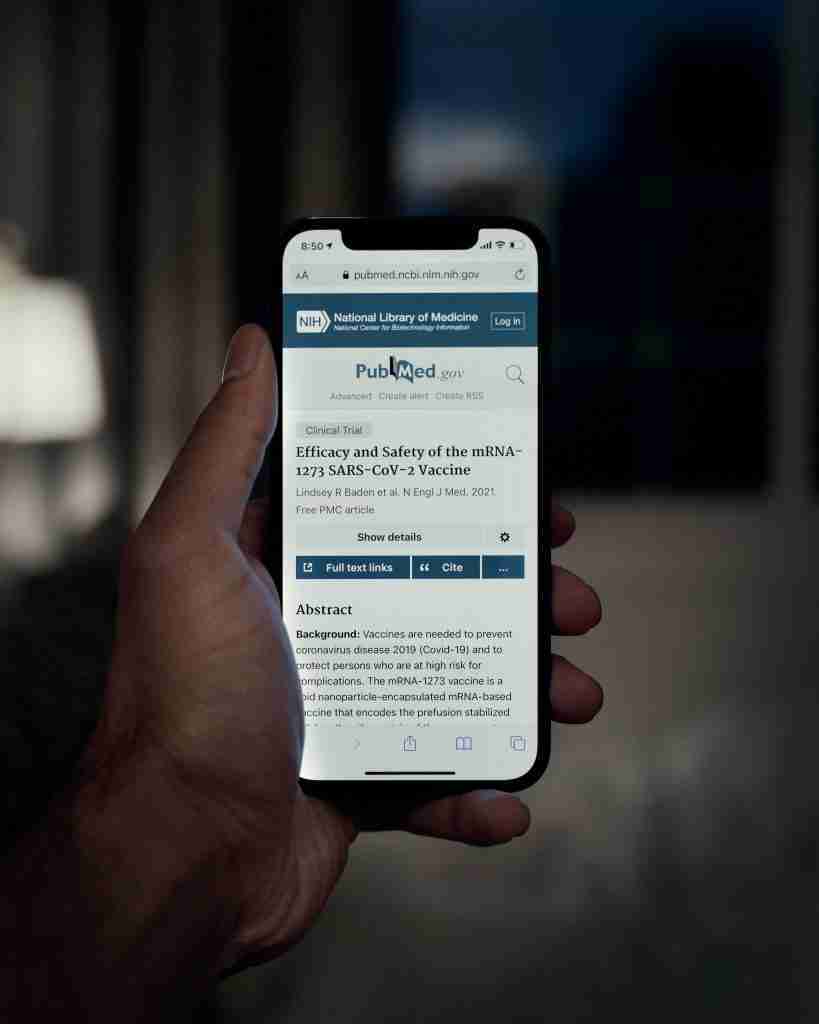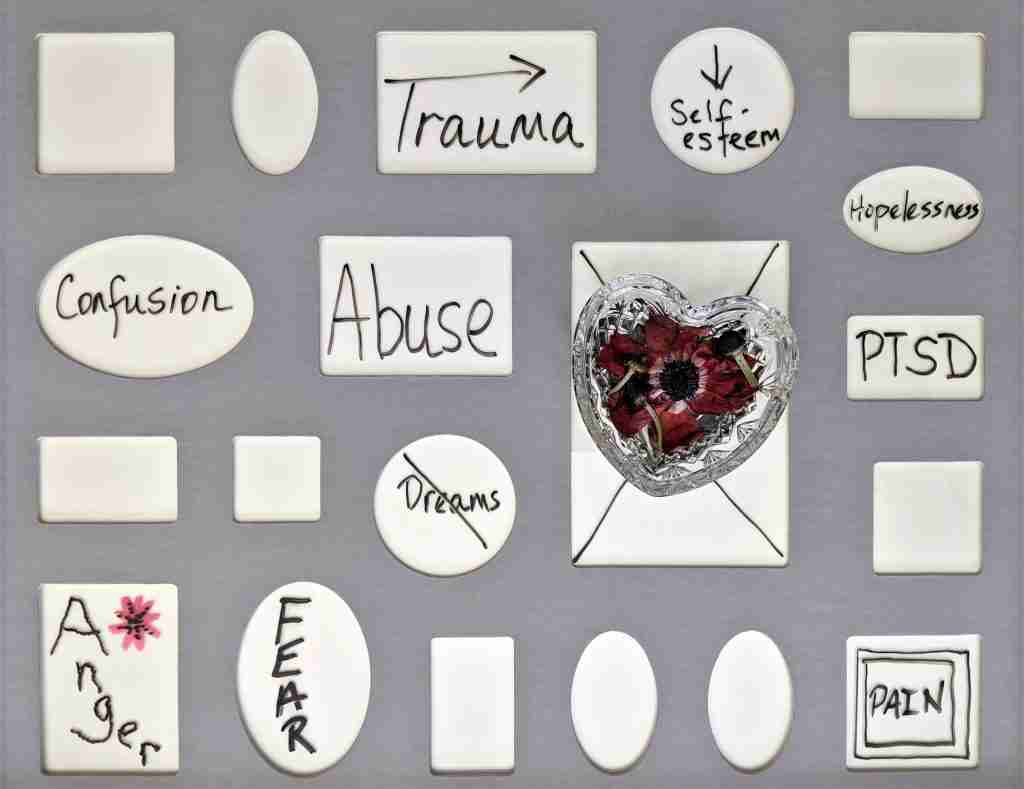Okay, so you know those athletes who seem to bounce back from injuries like they’re made of rubber? It’s pretty amazing, right? Well, have you ever wondered how they do it? How they manage to come back after a long-term injury and perform at their best? In this article, we’ll explore the strategies and techniques that professionals use to handle those pesky long-term injuries and get back to doing what they love. Trust me, you’ll be surprised at just how they work their magic.
Professional Rehabilitation Programs
When it comes to managing long-term injuries, professional rehabilitation programs are vital in helping individuals recover and regain their physical abilities. These programs involve working closely with physical therapists, occupational therapists, and speech therapists to address the specific needs and limitations of each individual.
Working with Physical Therapists
Physical therapists play a crucial role in the rehabilitation process. They assess the extent of the injury and develop personalized treatment plans to help individuals regain strength, mobility, and function. Through various exercises and manual therapies, they work closely with patients to gradually improve their physical abilities and alleviate pain.
Utilizing Occupational Therapy
Occupational therapy focuses on helping individuals regain their ability to perform daily activities and return to work. Occupational therapists evaluate the physical, cognitive, and emotional challenges of each individual and design customized interventions to promote independent living and enhance functional abilities. These interventions may include adaptive equipment, assistive devices, and strategies for managing pain and fatigue.
Incorporating Speech Therapy
In cases where injuries or medical conditions impact speech or swallowing abilities, speech therapists come into play. They assess and treat communication disorders, articulation difficulties, voice disorders, and swallowing difficulties. Through targeted exercises and techniques, speech therapists help individuals improve their communication skills and regain their ability to swallow safely.
Pain Management Strategies
Chronic pain is a common challenge faced by individuals with long-term injuries. In order to manage pain effectively, professionals employ a range of strategies that encompass medication, physical modalities, and psychological techniques.
Medication and Painkillers
In some cases, medication and painkillers may be necessary to alleviate pain and improve the quality of life for individuals with long-term injuries. Medical professionals can prescribe different types of pain medications, such as nonsteroidal anti-inflammatory drugs (NSAIDs), opioids, or muscle relaxants. It is important for individuals to work closely with their healthcare providers to find the right medications and manage their usage responsibly.
Physical Modalities
Physical modalities are techniques used to manage pain and improve physical function. These may include heat therapy, cold therapy, ultrasound, electrical stimulation, or transcutaneous electrical nerve stimulation (TENS). Physical modalities help to reduce pain, inflammation, and muscle spasms, while promoting tissue healing and relaxation.
Psychological Techniques
Addressing the psychological aspect of pain is vital for a comprehensive approach to managing long-term injuries. Techniques such as cognitive-behavioral therapy (CBT), relaxation exercises, mindfulness meditation, and biofeedback can help individuals develop coping mechanisms, reduce stress, and improve their overall well-being. By addressing the psychological aspects of pain, individuals can better manage their symptoms and improve their quality of life.

Customized Exercise Regimens
Exercise is a crucial component of any rehabilitation program. Through customized exercise regimens, professionals aim to build strength and endurance, improve flexibility and range of motion, and enhance balance and coordination.
Building Strength and Endurance
Building strength and endurance is essential in the recovery process. Professionals work with individuals to design exercise programs that gradually increase the intensity and duration of physical activities. These exercises may include resistance training, cardiovascular exercises, and core strength exercises. By gradually building strength and endurance, individuals can regain their physical abilities and prevent further injuries.
Improving Flexibility and Range of Motion
Regaining flexibility and range of motion is another key goal in rehabilitation. Professionals incorporate stretching exercises, joint mobilizations, and passive range of motion exercises to improve flexibility and enhance overall mobility. This helps to restore normal joint function, prevent stiffness, and promote optimal movement.
Enhancing Balance and Coordination
Balance and coordination are critical skills for individuals with long-term injuries. Professionals implement exercises that challenge balance and coordination, such as balance exercises on unstable surfaces, proprioceptive training, and gait training. By improving these skills, individuals can reduce the risk of falls, enhance their overall stability, and regain their confidence in performing daily activities.
Assistive Devices and Technologies
Assistive devices and technologies play a critical role in aiding individuals with long-term injuries in their recovery process. These devices and technologies aim to enhance mobility, provide support, and improve functionality.
Mobility Aids
Mobility aids, such as crutches, walkers, canes, and wheelchairs, are essential for individuals with limited mobility. These devices provide stability, assist in weight-bearing, and enable individuals to move around independently. Physical therapists assess the needs of each individual and recommend the most appropriate mobility aids to improve their mobility and quality of life.
Orthotics and Prosthetics
For individuals with limb impairments or amputations, orthotics and prosthetics offer significant assistance. Orthotics are devices that support and align body parts, such as braces, splints, or shoe inserts. Prosthetics are artificial limbs that replace missing body parts. These assistive devices help individuals regain their mobility and perform daily activities with greater ease.
Specialized Equipment
Specialized equipment, such as adaptive utensils, dressing aids, ergonomic tools, and modified vehicles, can greatly enhance independence and functionality in individuals with long-term injuries. Occupational therapists assess the specific needs of each individual and recommend the most suitable equipment to promote independence and improve daily activities.

Psychological Support and Counseling
The emotional and mental well-being of individuals with long-term injuries cannot be overlooked. Psychological support and counseling play a vital role in helping individuals cope with the challenges and emotional impact of their injury.
Coping with Emotional Challenges
Dealing with a long-term injury can be emotionally challenging. Feelings of frustration, sadness, anger, and even depression are common. Mental health professionals provide support, guidance, and coping strategies to help individuals manage these emotions effectively and adjust to their new circumstances.
Addressing Mental Health Issues
In addition to the emotional challenges, long-term injuries can also exacerbate pre-existing mental health conditions or trigger new ones. Professionals work with individuals to address any mental health issues, provide therapy or counseling, and collaborate with other healthcare providers to ensure holistic care.
Promoting Positive Mindset
maintaining a positive mindset is crucial in the recovery process. Mental health professionals help individuals develop positive thinking patterns, set achievable goals, and enhance their resilience. By nurturing a positive mindset, individuals are more likely to stay motivated, actively participate in their treatment, and achieve better outcomes.
Nutritional Guidance and Dietary Plans
Proper nutrition plays a significant role in the healing and recovery process for individuals with long-term injuries. Nutritional guidance and dietary plans are implemented to optimize healing, manage weight, and reduce inflammation.
Optimizing Healing and Recovery
Specific nutrients, such as protein, vitamins, and minerals, are essential for tissue repair and healing. Nutritionists work closely with individuals to design dietary plans that promote optimal healing and recovery. These plans may include incorporating lean proteins, whole grains, fruits, vegetables, and healthy fats into their diet.
Managing Weight and Body Composition
Maintaining a healthy weight is important in managing long-term injuries and preventing further complications. Nutritionists provide guidance on caloric intake, portion control, and healthy eating habits to help individuals manage their weight effectively. Achieving and maintaining a healthy weight reduces stress on joints and promotes overall well-being.
Reducing Inflammation
Inflammation is a common response to injury, which can delay healing and exacerbate pain. Nutritionists may recommend incorporating anti-inflammatory foods, such as fatty fish, leafy greens, berries, and nuts, into a person’s diet. By reducing inflammation through proper nutrition, individuals can experience improved pain management and faster recovery.

Multidisciplinary Approach to Treatment
A comprehensive and multidisciplinary approach to treatment is crucial in managing long-term injuries. This approach involves collaboration between medical professionals, the integration of various therapies, and a focus on holistic care.
Collaboration between Medical Professionals
Medical professionals from different disciplines collaborate to develop a holistic treatment plan for individuals with long-term injuries. This collaboration ensures that the unique needs of each individual are addressed and that treatment is comprehensive and well-coordinated. Regular communication and sharing of patient information between healthcare providers contribute to optimal outcomes.
Integration of Various Therapies
A multidisciplinary approach involves integrating various therapies to address different aspects of recovery. This may include combining physical therapy, occupational therapy, and speech therapy in a coordinated manner. The integration of therapies ensures that individuals receive a well-rounded and comprehensive treatment plan tailored to their specific needs.
Holistic Care
Holistic care emphasizes the overall well-being of individuals, encompassing physical, emotional, mental, and social aspects. In addition to traditional medical treatments, holistic care may involve complementary therapies, lifestyle modifications, and community support. By providing holistic care, professionals aim to optimize recovery, enhance quality of life, and empower individuals in their healing journey.
Graduated Return to Work or Sports
For individuals returning to work or engaging in sports or physical activities after a long-term injury, a graduated approach is crucial. This involves assessing readiness, developing individualized rehabilitation plans, and monitoring progress.
Assessing Readiness for Activities
Professionals assess individuals’ physical abilities, functional capacity, and readiness to return to work or sports. This involves evaluating strength, endurance, flexibility, and balance. By conducting comprehensive assessments, professionals can determine if individuals are physically ready to safely engage in their desired activities.
Individualized Rehabilitation Plans
Once readiness is established, individualized rehabilitation plans are developed to help individuals gradually return to work or sports. These plans consider the unique needs, abilities, and goals of each individual. Professionals create step-by-step programs that include progressive exercises, proper warm-up and cool-down routines, and strategies to prevent reinjury.
Monitoring Progress and Adjustments
Throughout the rehabilitation process, professionals closely monitor individuals’ progress and make necessary adjustments to their rehabilitation plans. Regular assessments and evaluations are conducted to track improvement, address challenges, and ensure that individuals are safely and effectively returning to work or sports. Monitoring progress allows professionals to make appropriate modifications to optimize outcomes.
Alternative Therapies and Complementary Medicine
In addition to traditional rehabilitation methods, alternative therapies and complementary medicine can also play a supportive role in managing long-term injuries.
Acupuncture and Acupressure
Acupuncture and acupressure are ancient practices that involve the stimulation of specific points on the body to promote healing and alleviate pain. These therapies have been used for centuries to manage various conditions, including musculoskeletal injuries. By targeting specific points, acupuncture and acupressure can help reduce pain, improve blood flow, and restore balance.
Chiropractic Care
Chiropractic care focuses on the diagnosis and treatment of musculoskeletal disorders, primarily through manual adjustments of the spine and other joints. Chiropractors work to restore proper alignment and function, relieve pain, and improve overall musculoskeletal health. This hands-on approach can be beneficial for individuals with long-term injuries, particularly those related to the spine.
Massage Therapy
Massage therapy involves the manipulation of soft tissues to promote relaxation, reduce muscle tension, and alleviate pain. Massage therapists use various techniques, such as Swedish massage, deep tissue massage, or sports massage, to target specific areas and address individual needs. Massage therapy can enhance circulation, improve flexibility, and help individuals manage pain associated with long-term injuries.
Education and Information
Understanding the injury and recovery process is essential for individuals with long-term injuries. Education and information empower individuals to actively participate in their own recovery and make informed decisions about their health.
Understanding the Injury and Recovery Process
Healthcare professionals provide individuals with comprehensive information about their specific injury, including its causes, symptoms, and expected recovery timeline. This knowledge helps individuals develop realistic expectations, set goals, and actively engage in their rehabilitation journey. Understanding the injury and recovery process allows individuals to make informed choices and actively collaborate with healthcare providers.
Preventing Future Injuries
Prevention is key to minimizing the risk of future injuries. Healthcare professionals educate individuals about proper body mechanics, ergonomics, and techniques to prevent reinjury. By providing individuals with the necessary knowledge and skills, they can adopt healthy habits and reduce the likelihood of further complications.
Adopting Healthy Habits
Long-term injuries often necessitate lifestyle modifications to support recovery. Professionals educate individuals about healthy habits, such as regular exercise, balanced nutrition, adequate sleep, stress management, and avoiding harmful behaviors. By adopting healthy habits, individuals can optimize their overall well-being and support their long-term recovery.
In conclusion, managing long-term injuries requires a comprehensive approach that addresses the physical, emotional, and psychological aspects of recovery. By working closely with professionals in rehabilitation programs, individuals can rebuild their physical abilities, manage pain effectively, and regain their independence. With the help of assistive devices and technologies, individuals can enhance their functionality and improve their quality of life. Psychological support and counseling are essential to address the emotional challenges and promote a positive mindset. Nutritional guidance and dietary plans optimize healing and support overall recovery. A multidisciplinary approach ensures holistic care and coordination of various therapies. Graduated return to work or sports plans help individuals safely resume their desired activities. Alternative therapies and complementary medicine can offer additional support. Education and information empower individuals to understand their injury and make informed decisions. By adopting healthy habits, individuals can prevent future injuries and maintain long-term well-being.


